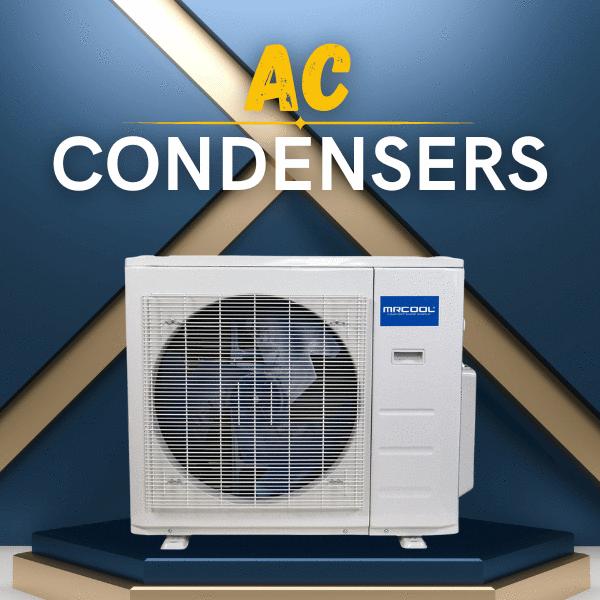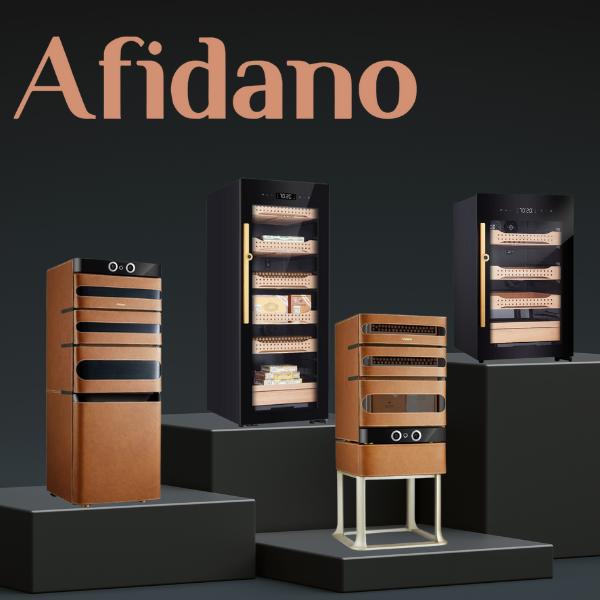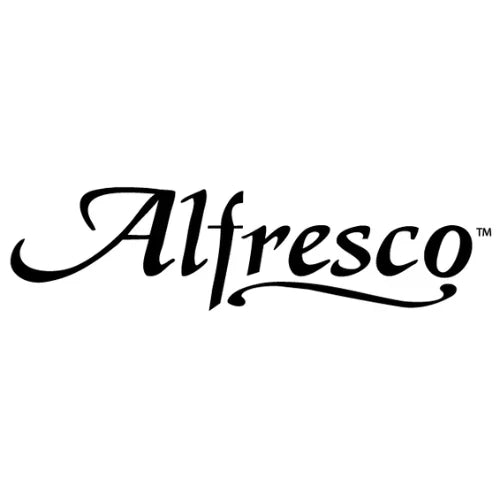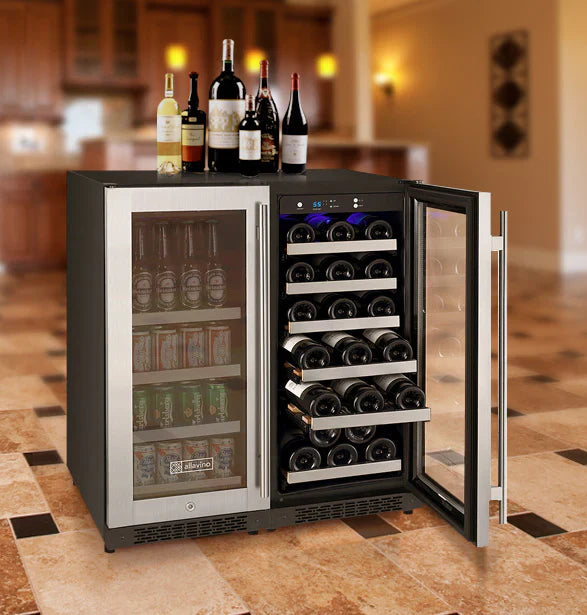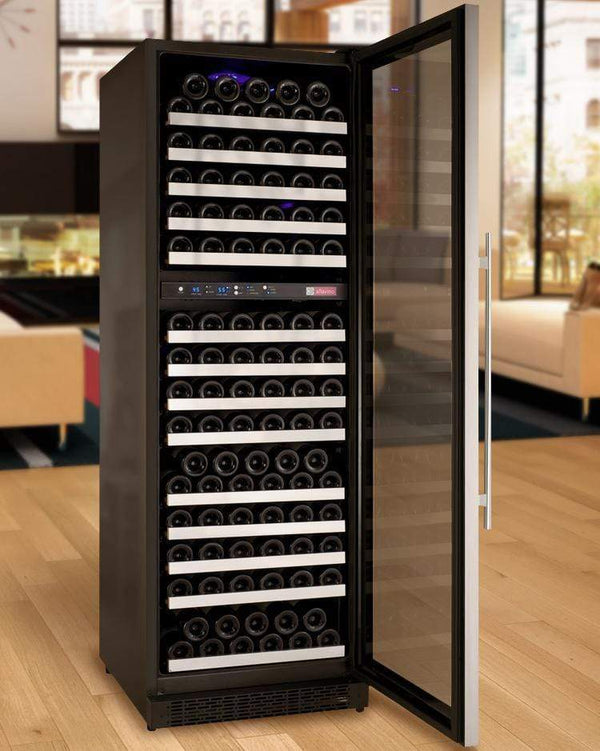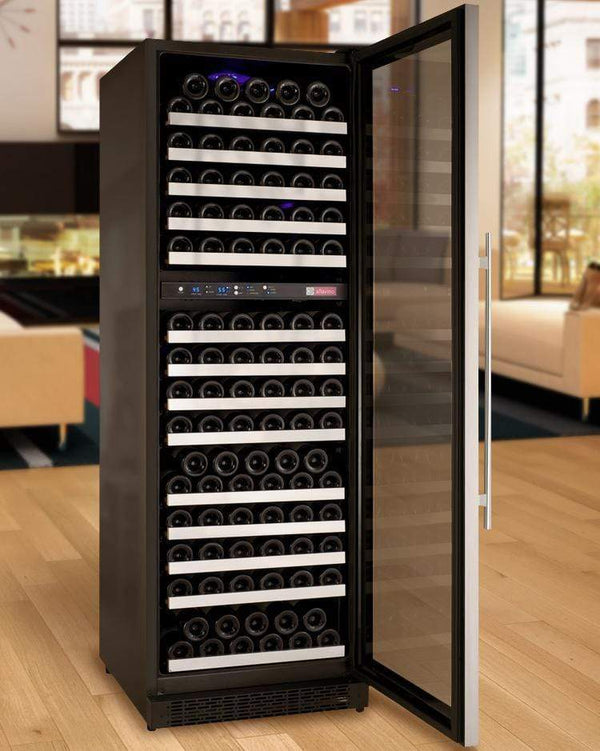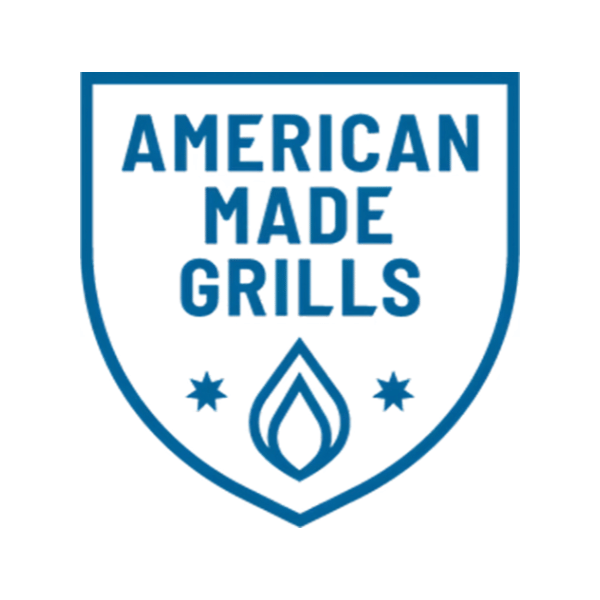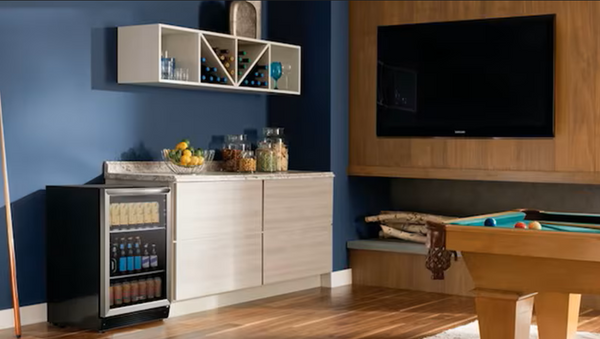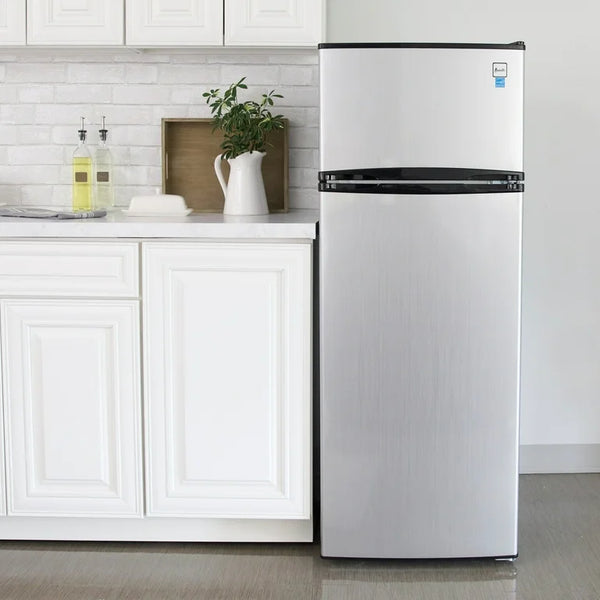Best 6 Through the Wall Wine Cellar Cooling Units Guide
Why Choosing the Right Wine Cellar Cooling Unit Matters
By Jim Hopper, Wine Cooling Expert
There is nothing more precious to a wine enthusiast than their wine collection. If you’re considering a modern wine room in your home, or planning a commercial wine cellar, choosing the right cooling system is essential for preserving your investment.
Among the most popular, efficient, and cost-effective options are Self-Contained Through-the-Wall Wine Cooling Systems. These units are easy to install, require minimal setup, and are suitable for a wide range of wine cellar sizes and settings. This guide covers everything you need to know to choose the best through-the-wall wine cellar cooling unit for your needs.
Looking for a complete overview of wine cooling and serving? Check out our Wine Cooling and Serving Guide for expert tips and comprehensive advice.
If you’re new to wine cellars or cooling systems, our Best Wine Cellar Cooling Unit for Beginners guide is a helpful starting point for understanding your options.
What is a Through-the-Wall Wine Cellar Cooling Unit?
A through-the-wall wine cellar cooling unit is a self-contained system designed to be mounted directly through a wall, much like a window air conditioner. It draws warm air from inside the cellar, cools it with an internal evaporator coil, and then circulates the cooled air back into the cellar while venting heat into an adjacent room. This straightforward design makes it a popular, DIY-friendly option for maintaining ideal wine storage conditions.
How Do Through-the-Wall Cooling Units Work?
These units operate by pulling warm air from your wine cellar, passing it over cooling coils to lower the temperature, and then returning the cooled air to the cellar. The heat removed from the cellar is exhausted into the adjacent room on the other side of the wall. This continuous cycle keeps your wine at the optimal temperature and humidity.
At a Glance: Through-the-Wall Cooling Units
Advantages:
- Easy, DIY installation—no ductwork or refrigeration lines required
- Cost-effective compared to split or ducted systems
- Reliable temperature and humidity control
- Suitable for small to medium-sized cellars
Disadvantages:
- Can be noisier than split or ducted systems
- May protrude from the wall and be visible inside the cellar
- Require venting into a room that can handle exhaust heat
- If repairs are needed, the entire unit typically must be removed and shipped for service, which can be inconvenient compared to some other system types.
If you have a larger cellar or require ultra-quiet operation, consider ducted or split systems.
When is a Through-the-Wall Unit the Best Choice?
- Small to medium-sized residential wine cellars
- Basement or interior rooms where venting into an adjacent space is possible
- Homeowners seeking a cost-effective, easy-to-install solution
- Wine enthusiasts who want reliable temperature and humidity control without professional installation
- Cellars where aesthetics allow for a visible unit inside the room
Comparing Wine Cellar Cooling System Types
| System Type | Installation | Cost | Noise Level | Ideal For | Pros | Cons |
|---|---|---|---|---|---|---|
| Through-the-Wall | DIY, in-wall mount | $–$$ | Moderate | Small/medium cellars | Easy install, affordable | Visible, louder |
| Split System | Professional, 2 parts | $$–$$$ | Low | Medium/large cellars | Quiet, flexible placement | Higher cost, pro install |
| Ducted System | Pro/advanced DIY | $$$ | Very low | Any size, hidden units | Ultra-quiet, hidden units | Most expensive, complex |
Learn more about system types:
Buyers' Guide: How to Choose a Through-the-Wall Wine Cooling Unit

1. Identify the Location
The location of your wine cellar impacts cooling efficiency and costs. Place your cellar in the coolest, most humid part of your home. If your cellar is adjacent to a warm room or exterior wall exposed to high temperatures, you may need a more powerful unit.
2. Determine the Size of the Wine Cellar
Calculate your cellar’s cubic footage (length × width × height) and consider bottle count, racking, and other features. Most through-the-wall units are ideal for 100–1000 cu. ft., but some models accommodate larger spaces.
Quick Reference: Sizing Your Cooling Unit
Choosing the correct unit size is critical for reliable performance. Use the chart below to match your wine cellar’s cubic footage to the recommended cooling unit capacity. For unusual features—like glass walls, high ceilings, or poor insulation—consider upsizing or consulting an expert.
| Cellar Size (Cubic Feet) | Recommended Cooling Capacity (BTU/h) | Example Unit Models |
|---|---|---|
| Up to 150 | 1,000–1,500 | Breezaire WKCE 1060 |
| 150–300 | 1,500–2,000 | WhisperKOOL SC PRO 2000 |
| 300–650 | 2,000–3,000 | WhisperKOOL SC PRO 3000, Slimline LS |
| 650–1,000 | 3,000–4,000 | Breezaire WKL 4000, CellarCool CX 4400 |
| 1,000–1,250 | 4,000–5,000 | WhisperKOOL Extreme 5000tiR |
| 1,250+ | 5,000+ | Consult for custom solution |
Special Room Features: When to Upsize or Seek Advice
- Glass Walls/Doors: Glass transmits heat more easily than insulated walls. If your cellar has significant glass surfaces, choose a unit rated for a larger space or look for models with higher BTU/h.
- High Ceilings: More air volume means more cooling capacity needed. Err on the higher end of the chart or consult a specialist.
- Poor Insulation or Warm Locations: If your cellar is not well-insulated or is exposed to high ambient temperatures, select a unit with a higher capacity or one rated for "extreme climate" operation.
- Multiple Entry Points: More doors or openings can increase cooling demand.
If you’re unsure, use the next larger unit size or consult a wine cellar expert for a custom recommendation.
3. Ensure Proper Insulation, Vapor Barrier, and Door

Proper insulation and vapor barriers are essential for maintaining stable temperature and humidity. Recommendations:
- Walls: Minimum R19 insulation (for 2x6 walls)
- Ceiling: Minimum R30 insulation (for 2x10 joists)
- Vapor barrier: 6 mil polyethylene sheeting or Visqueen, wrapped outside the insulation
- Door: Insulated exterior or solid core interior door with weather stripping and airtight seal
More on cellar construction:
4. Consider Noise and Aesthetic Impact

Through-the-wall units are visible within the cellar and produce more noise than ducted or split systems. Place units where noise is less disruptive (e.g., above a doorway), and avoid venting into main living spaces.
Tip: Some models, like the WhisperKOOL Slimline, are designed for discreet installation above doors.
5. Humidity Control and Extreme Climate Operation
Maintaining proper humidity (50%–70%) is crucial for wine longevity. Many modern units offer humidity control and can handle extreme temperatures. If you live in a hot or dry climate, select a unit with an integrated humidifier or high ambient temperature rating.
For serving temperature tips, see: What is the Correct Temperature When Serving Wine?
Wondering about the best temperature for serving your wine? Find expert advice in What is the Correct Temperature When Serving Wine?.
6. Choose a Trusted Brand
Invest in a reputable brand for reliability and support. Top brands include:
- WhisperKOOL – Known for innovation and quiet operation
- Breezaire – Renowned for reliability and precise control
- CellarCool – Excellent value and performance
See what our customers say: Wine Cellar Cooler Reviews
7. Wine Racks and Storage Options
The right racking system enhances storage and display. Popular types:
Want more tips on choosing the perfect wine rack for your cellar? Check out our Wine Rack Buying Guide.
If you’re just getting started, don’t miss our Beginner’s Guide to the Best Wine Cellar Cooling Units.
Installation: DIY Checklist
One big advantage of through-the-wall units is their DIY-friendliness. Here’s a quick checklist:
- Measure and cut the wall opening per unit specs
- Ensure adjacent room can handle exhaust heat and noise
- Install insulation and vapor barrier as needed
- Mount the unit securely and seal all gaps
- Plug into a dedicated power source
- Test temperature and humidity controls
If you have any doubts, consult a professional or reach out to our Sales Experts.
Routine Maintenance Checklist
Keep your wine cellar cooling unit running smoothly and extend its lifespan with these simple maintenance steps:
- Clean or replace air filters every 1–3 months, depending on usage and environment.
- Inspect and clear the exhaust area monthly to ensure unobstructed airflow.
- Wipe down external vents and check for dust or debris buildup.
- Check for condensation or water leaks around the unit every few months.
- Test temperature and humidity controls at least twice a year to confirm accurate readings.
- Schedule a professional inspection every 2–3 years, especially for older units.
Regular care will help prevent most common issues and ensure reliable performance for years to come.
Side-by-Side Comparison Table
| Model | Max Cellar Size | Noise Level | Controls | Standout Features | Best For | Not Ideal For |
|---|---|---|---|---|---|---|
| WhisperKOOL SC PRO 3000 | 650 cu. ft. | Low | Digital | Condensation management | Mid-size cellars, quiet operation | Large cellars |
| Breezaire WKL 4000 | 1000 cu. ft. | Ultra-low | Manual | Vibration control | Large cellars, ultra-quiet needs | Small spaces, advanced controls |
| WhisperKOOL Slimline LS | 650 cu. ft. | Low | Digital | Above-door install | Small/medium cellars, aesthetics | Cellars with no above-door space |
| Breezaire WKCE 1060 | 140 cu. ft. | Low | Manual | Compact for cabinets | Cabinets, small cellars | Large cellars |
| WhisperKOOL Extreme 5000tiR | 1250 cu. ft. | Moderate | Remote Digital | Extreme climate ready | Large/exterior cellars, hot climates | Small cellars, basic installs |
| CellarCool CX 4400 | 1000 cu. ft. | Moderate | Digital | Anti-frost system | Mid-size cellars, easy swap | Unconditioned exhaust spaces |
Troubleshooting & Optimization Tips
Unit not cooling properly:
- Check for blocked vents or dirty filters.
- Ensure the exhaust room is large enough and below 85°F.
- Confirm the door and seals are airtight.
Excess noise:
- Verify the unit is securely mounted.
- Inspect for obstructions or loose components.
Humidity too low or high:
- Use a hygrometer to monitor levels.
- Add a humidifier if needed, or check for excess moisture sources.
For persistent issues, consult your manufacturer’s support or a wine cellar professional.
Installation Tips: Interior vs. Exterior Wall Placement
Interior Walls:
- Ensure the adjacent room can handle exhaust heat and noise.
- Avoid venting into small, enclosed spaces such as closets or pantries.
Exterior Walls:
- Use an exterior grille or housing to protect the unit from weather and debris (often sold separately).
- Consider a condenser ducting kit if the manufacturer recommends it for your climate.
- Double-check that the wall is properly insulated to prevent temperature swings.
If you’re unsure which setup is best for your space, consult your unit’s manual or reach out to a wine cellar expert.
| Model | Max Cellar Size | Noise Level | Controls | Standout Feature | Price Range |
|---|---|---|---|---|---|
| WhisperKOOL SC PRO 3000 | 650 cu. ft. | Low | Digital | Condensation Management | $$ |
| Breezaire WKL 4000 | 1000 cu. ft. | Ultra-low | Manual | Vibration Control | $$$ |
| WhisperKOOL Slimline LS | 650 cu. ft. | Low | Digital | Above-door Install | $$ |
| Breezaire WKCE 1060 | 140 cu. ft. | Low | Manual | Compact for Cabinets | $ |
| WhisperKOOL Extreme 5000tiR | 1250 cu. ft. | Moderate | Remote Digital | Extreme Climate Ready | $$$$ |
| CellarCool CX 4400 | 1000 cu. ft. | Moderate | Digital | Anti-frost System | $$ |
Which Unit Is Best for You?
- For small cellars or wine cabinets: Breezaire WKCE 1060
- For medium cellars with limited space: WhisperKOOL Slimline LS
- For large cellars or extreme climates: WhisperKOOL Extreme 5000tiR
- For ultra-quiet operation: Breezaire WKL 4000
- For easy installation and maintenance: CellarCool CX 4400
6 Best Through-the-Wall Wine Cellar Cooling Units
Below are our top picks, each with key specs, standout features, and concise pros/cons to help you choose the right model. For more details and pricing, follow the product links.
These six models were selected based on a combination of performance, reliability, customer satisfaction, and suitability for a range of cellar sizes and installation scenarios. Each offers standout features that address the most common needs of wine cellar owners.
1. WhisperKOOL SC PRO 3000
Many users report the SC PRO 3000 delivers consistent cooling for years with minimal maintenance, praising its quiet operation and easy-to-use controls. Some note that regular filter changes and keeping the exhaust area clear help maximize the unit’s lifespan.
- Cellar Size: ~650 cu. ft.
- Dimensions: 17.5" x 14.25" x 15.75"
- Weight: 65 lbs
- Key Features: Low-noise blower, digital controller, condensation management
- Installation: Through the Wall, Partially Ducted
Pros:
- Quiet operation for its class
- Digital controls for precision
- Effective condensation management
- Highly rated for easy DIY installation and consistent temperature control
- Solid performance in a variety of climates
Cons:
- Not suitable for large cellars
- Requires venting into a conditioned space
- Some users report fan noise increases slightly after 2+ years of use
- Limited advanced customization options compared to higher-end models
Installation Caveat: Requires venting into a conditioned interior space. Not recommended for venting into areas where ambient temperatures exceed 85°F.
Optional Upgrades: UV-C lighting system available for air purification; exterior grille and condenser ducting kit available for flexible installation.
2. Breezaire WKL 4000
- Cellar Size: Up to 1000 cu. ft.
- Dimensions: 21.63" x 14.25" x 19.75"
- Weight: 81 lbs
- Key Features: Ultra-quiet, vibration control, humidity management
- Installation: Through the Wall, Flush Mounted
Pros:
- Extremely quiet and reliable, even after years of use
- Excellent humidity and vibration control
- Robust build quality with minimal long-term maintenance required
- Users appreciate its longevity and low failure rate
Cons:
- Larger size may require more installation space
- Controls are basic compared to some competitors
- Some installers note that special order upgrades can increase lead times
Installation Caveat: Requires installation in a well-insulated wall and venting into an area at least as large as the cellar. Not suitable for use where exhaust room temperatures exceed 85°F.
Optional Upgrades: Customizable power cord, hot air, and drain fitting locations; available in Black Series finish (special order).
3. WhisperKOOL Slimline LS
- Cellar Size: ~650 cu. ft.
- Dimensions: 19" x 22" x 10.25"
- Weight: 50 lbs
- Key Features: Compact, above-door install, advanced protection
- Installation: Through the Wall (Above Doorway)
Pros:
- Sleek, space-saving design ideal for above-door installs
- Quiet and energy efficient
- Advanced electronic display for easy monitoring
- Consistently praised for blending into cellar aesthetics
Cons:
- Limited to small/medium cellars
- Requires above-door wall space, which is not available in all cellars
- A few users mention that installation can be tricky in older homes with non-standard framing
Installation Caveat: Designed for above-door installation; requires sufficient wall space above the cellar door. Not suitable for cellars lacking this space.
Optional Upgrades: Customizable front panel; optional UV-C lighting system for enhanced air quality.
4. Breezaire WKCE 1060
Best For: Wine cabinets and small spaces where compact size is essential.
Not Ideal For: Large cellars or users seeking advanced digital controls.
- Cellar Size: Up to 140 cu. ft.
- Dimensions: 16.5" x 18" x 10.5"
- Weight: 43 lbs
- Key Features: For cabinets, compact, LED display
- Installation: Through the Wall, Flush Mounted
Pros:
- Perfect for wine cabinets and small spaces
- Compact and lightweight for easy handling
- Easy to install, even for first-time users
- Users report reliable, long-term performance with minimal intervention
Cons:
- Not suitable for larger cellars
- Fewer advanced features or digital controls
- Some users wish for quieter operation in very small rooms
Installation Caveat: Best for wine cabinets and small enclosures. Ensure the adjacent exhaust space can handle the heat output and is at least as large as the cellar.
Optional Upgrades: Custom configurations for power cord and airflow direction available by special order.
5. WhisperKOOL Extreme 5000tiR
Adding the UV-C lighting system can help reduce airborne contaminants inside your cellar, while the condenser ducting kit allows for more flexible installation in challenging spaces or climates.
- Cellar Size: ~1250 cu. ft.
- Dimensions: 28" x 14.25" x 15.75"
- Weight: 115 lbs
- Key Features: Remote control, handles extreme climates
- Installation: Ducted/Through the Wall
Pros:
- Designed for extreme temperature environments and large cellars
- Remote monitoring and control are convenient for daily use
- High cooling capacity with strong airflow
- Users highlight its reliability in hot climates and outdoor wall installs
Cons:
- Higher price point compared to standard models
- Requires more installation space and may need professional help for ducting/exterior wall setups
- Some owners report initial setup complexity, especially with optional accessories
Shop WhisperKOOL Extreme 5000tiR
Installation Caveat: Can be installed through the wall or fully ducted. For exterior wall installations, an exterior grille is required (sold separately). Suitable for extreme climates but requires adequate venting.
Optional Upgrades: Remote digital display and control; UV-C lighting system; condenser ducting kit for flexible installation.
6. CellarCool CX 4400
- Cellar Size: 1000 cu. ft.
- Dimensions: 21.63" x 14.25" x 19.75"
- Weight: 67 lbs
- Key Features: Digital control, anti-frost, easy replacement
- Installation: Through the Wall, Partially Ducted
Pros:
- Easy installation and replacement, fits standard through-the-wall cutouts
- Advanced digital controls with anti-frost system for reliability
- Affordable option for mid-sized cellars
- Owners appreciate the straightforward maintenance and clear instructions
Cons:
- Requires proper venting for best performance; can struggle in unconditioned spaces
- Basic design and fewer customization options
- Some users note the fan is slightly louder than premium units
Installation Caveat: Requires venting into a space where ambient temperature does not exceed 85°F. Ensure proper airflow around the exhaust for optimal performance.
Optional Upgrades: Rear power cord option available; advanced digital controller with system safety management and anti-frost features.
Accessories and Additional Features
When selecting a through-the-wall wine cellar cooling unit, consider these popular options for enhanced performance and convenience:
- Grills and Ducting Plenums: For a finished look or flexible venting
- Custom Exhaust and Installation Options: Rear/top exhaust, adjustable supply grille, power cord relocation
- Filters, Heaters, Humidity Management: Air filters, compressor heaters, integrated humidifiers
- Digital Controls and Monitoring: Digital thermostats, remote sensors, advanced monitoring kits
- Aesthetic and Functional Customization: Color finishes, compact/above-door units, wine bottle probes
- Warranty Registration and Support: Register your unit for warranty coverage and support
Before purchasing, review available accessories and features for your chosen model to ensure your wine cellar cooling system fits your needs.
Looking for a thoughtful gift for a wine enthusiast? See our Best Wine Cooling Systems Gifts for unique ideas.
Electrical & Safety Reminders:
- Always use a dedicated electrical circuit that matches the unit’s voltage and amperage requirements.
- Do not use extension cords or power strips.
- Double-check all connections and seals before powering on the unit.
- If you notice any unusual sounds, smells, or leaks, turn off the unit and consult a professional.
Daily & Seasonal Usage Tips
- Monitor cellar temperature and humidity weekly, especially during seasonal changes.
- Adjust unit settings as needed to compensate for extreme weather or increased cellar usage.
- Keep the cellar door closed as much as possible to maintain stable conditions.
- In dry climates, consider using an integrated or external humidifier to maintain ideal humidity.
- Avoid overfilling your cellar, which can restrict airflow and reduce cooling efficiency.
The Final Word
Your wine cellar cooling unit is the heart of your wine room. Through-the-wall wine cellar cooling units offer a blend of affordability, reliability, and ease of installation—making them a top choice for many wine lovers, especially with smaller cellars.
If you’re building or upgrading your wine cellar, consider your space, insulation, and storage needs before selecting your cooling system. For larger or quieter cellars, explore split or ducted systems.
Related articles:
Buy Through-the-Wall Wine Cellar Cooling Systems at Wine Coolers Empire!
At Wine Coolers Empire, we offer only the best and most premium wine cooling units and racks, from top brands like WhisperKOOL, Breezaire, CellarCool, and Ultra Wine Racks.
Have questions or need advice? Contact us or call our Sales Expert at +1-888-407-7770—we’re here to help you create the perfect wine cellar!
📚 Frequently Asked Questions (FAQs)
What is the most cost-effective way to cool a wine cellar?
How noisy are through-the-wall wine cellar cooling units?
How long do through-the-wall wine cellar cooling units last?
Can I use a regular refrigerator to store wine instead?
Are there through-the-wall units with heating options?
How do through-the-wall wine cellar cooling units work?
How do I size a through-the-wall wine cellar cooling unit?

Designing or Upgrading a Wine Cellar?
We got you! Here at Wine Coolers Empire, we will guide you in building your dream wine cellar.



